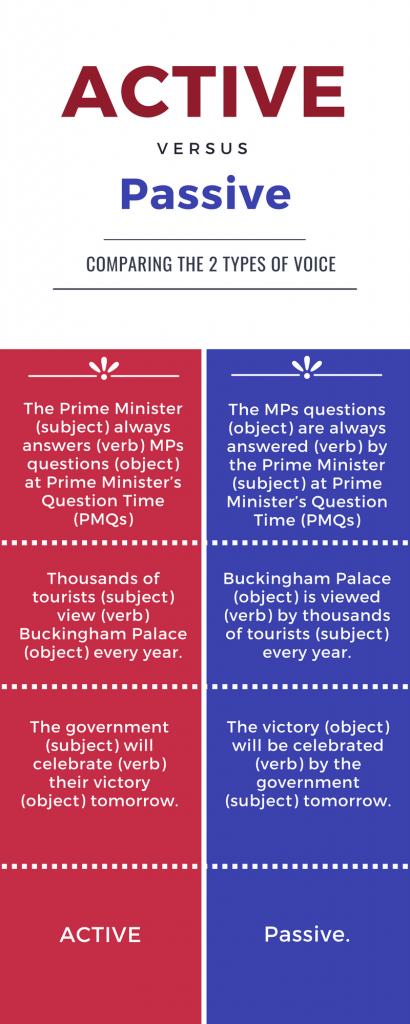Did you know you’re 50% more likely to remember something if you say it out loud rather than write it down?
So, if you’re revising or trying to remember pretty much anything and it’s not working keep reading. Below, I explain what’s happening inside your brain plus three different techniques, which may assist you.
What is The Generation Effect?
The Generation Effect does not mean you have a better memory than your mum!
It is a phenomenon where information is better remembered if it is ‘generated’ from your own mind rather than simply read.
As Jennifer Aniston said in a 90s shampoo advert ‘Here comes the science…’
Reading is a passive activity whereas talking is a generative activity, which encourages you (the learner) to use methods during your learning (also called encoding) that can be evoked during retrieval of the information you’ve learned.
To me this makes sense. When I settle down to read my latest historical fiction novel I see it as a form of mental escapism. Literally, in a passive way, it immerses me but doesn’t really go in.
As an experiment, I took it up a notch and tried to remember what I’d read by writing it down. I did it, but it was an effort. I then took a different section and spoke out loud about what I’d just read instead. And guess what? An hour later I could recall much clearer the section I’d spoken out loud. I also, unexpectedly, found that trying to recall from just reading and writing felt the greater mental strain.
Applying The Generation Effect: Three Top Tips
One
Read your notes out loud
Ok, you need to get over the weirdness here.
The quintessential picture of a student is sat in a silent library swamped by books, journals and notepads furiously scribbling. It is not usually talking to themselves perhaps pacing up and down the room. But, let’s break the mould!
Pick a topic you’re reasonably confident on, wait for everyone to go out if you need to, and then just go for it. From experience, like public speaking, you will only feel comfortable the more you do it.
It’s also a good idea to start this technique early. Don’t adopt it the day before your exam!
Added bonus.
Throughout your course, record your notes on your phone or computer and give it a clear file name. When it comes to crunch revision time you’ll have a bank of audio files to listen to.
Two
Create mnemonic phrases
Ok, you’ve mastered speaking out loud. Let’s up the weirdness as people walk past your room and hear you singing all the different reasons Parliament went to war with King Charles I.
Mnemonic devices such as songs, sequences, rhymes and unusual word associations aid your memory because they create distinctiveness. I still remember Divorced. Beheaded. Died. Divorced. Beheaded. Survived as a way of remembering the order of King Henry VIII’s wives for my GCSE History (ouch, that was a long time ago!).
Why not go for the double whammy of creating a catchy song and committing it to memory using a generating technique?
Three
Create Your Own ‘Walk and Talk’
Another great combination is speaking your notes out loud to commit them to memory whilst exercising. The fancy term is kinetic learning.
The science here is exercise, even just twenty minutes walking has a positive effect on your ability to recall information.
So, walk the corridors ‘West Wing’ style, lap the campus or borrow your neighbour’s dog and try this technique.
As with all these techniques, test them on a subject area you are reasonably confident on, make sure you try to recall the information one hour after you’ve finished the technique. And, Repeat, Repeat. Repeat. Some things, or even nothing, may not be a once and done.
I’d love to know if you’ve tried these techniques and if you’re a newbie how they worked for you? Drop me a comment below or there are lots of ways to get in touch.
Catch-up soon
Elizabeth
[apsp-pin-image image_url=’https://www.pinterest.co.uk/pin/293859944438002805/’]











